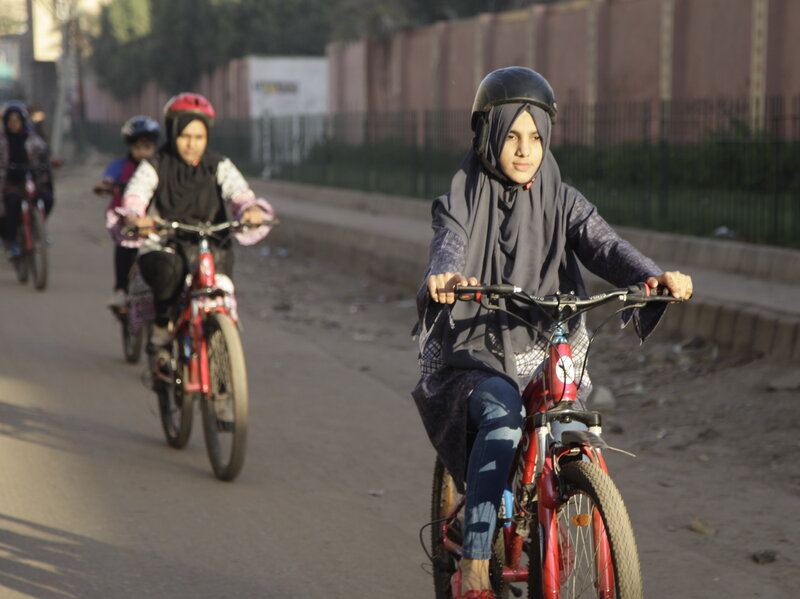He starts every morning with a ride. He's retired, and the rides are for his health and fitness.
Back in 1965, however, he pedaled to get around. He was 19 then and looking for a job. So he pedaled 2 1/2 miles (4 kilometers), resume in hand, to someone who might be able to help him.
Now, I should mention that the fact he was doing so in 1965 was significant. For one thing, relatively few Americans rode bicycles if they were old enough to drive. For another, Reginald "Reggie" Brown was applying for a job for which his mother was rejected two decades earlier.
She had done military service during World War II. Still, she didn't get the job in her local post office because it didn't have segregated bathrooms.
Now, as a transgender woman, I know a thing or two about being denied the use of a bathroom--and about not getting a job because of an identity you've always had! I can understand whatever anger, grief or resignation she might have felt. And I imagine that those things were on Reggie's mind when he tried to get a job as a mail carrier.
Governor John McKeithen and his staff were so impressed with young Reggie that they passed on his information, and added their own recommendation. Two months later, he was working as a substitute mail carrier.
As satisfying as the job was, Brown did not see it as an end unto itself. His goal, he said, was public service, and his real passion and dream was to work in law enforcement.
Eventually, he joined the East Baton Rouge Sheriff's Office, where he became the first African American to become a Chief Administrative Assistant and attain the rank of Major. After 25 years in the office, he was elected to the Constable's Office, where he served another 18 years. There, he worked on raising standards for the deputies as he started community programs to do everything from raising public awareness of their rights and responsibilities to helping the needy.
He has written My Bicycle Journey. Proceeds from the sales of that book will go to St. Vincent de Paul charities. He hopes, however, that its message will benefit everyone.
Who wouldn't be inspired by someone who rode his bike into public service, and through history?
Back in 1965, however, he pedaled to get around. He was 19 then and looking for a job. So he pedaled 2 1/2 miles (4 kilometers), resume in hand, to someone who might be able to help him.
Now, I should mention that the fact he was doing so in 1965 was significant. For one thing, relatively few Americans rode bicycles if they were old enough to drive. For another, Reginald "Reggie" Brown was applying for a job for which his mother was rejected two decades earlier.
She had done military service during World War II. Still, she didn't get the job in her local post office because it didn't have segregated bathrooms.
Now, as a transgender woman, I know a thing or two about being denied the use of a bathroom--and about not getting a job because of an identity you've always had! I can understand whatever anger, grief or resignation she might have felt. And I imagine that those things were on Reggie's mind when he tried to get a job as a mail carrier.
Governor John McKeithen and his staff were so impressed with young Reggie that they passed on his information, and added their own recommendation. Two months later, he was working as a substitute mail carrier.
As satisfying as the job was, Brown did not see it as an end unto itself. His goal, he said, was public service, and his real passion and dream was to work in law enforcement.
Eventually, he joined the East Baton Rouge Sheriff's Office, where he became the first African American to become a Chief Administrative Assistant and attain the rank of Major. After 25 years in the office, he was elected to the Constable's Office, where he served another 18 years. There, he worked on raising standards for the deputies as he started community programs to do everything from raising public awareness of their rights and responsibilities to helping the needy.
He has written My Bicycle Journey. Proceeds from the sales of that book will go to St. Vincent de Paul charities. He hopes, however, that its message will benefit everyone.
Who wouldn't be inspired by someone who rode his bike into public service, and through history?







